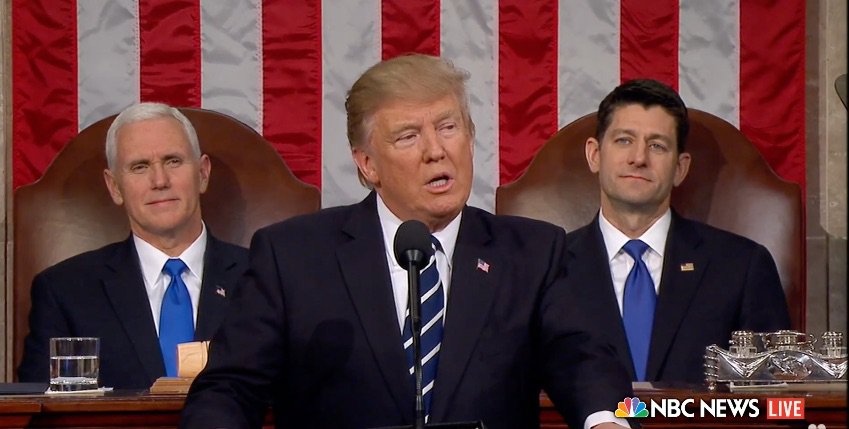President Trump has clearly brought his business acumen to bear when crafting his first budget proposal, producing the most gimmick-free, strategic, focused — and deeply conservative — spending plan we’ve ever seen.
The White House had already revealed the basic outline of Trump’s budget plan: He intended to cut domestic program by $54 billion so he could fund a much-needed boost in military spending.
The “skinny budget” he released on Thursday provides details as to where those spending cuts will come from. Every agency except Defense, Homeland Security and Veterans Affairs is targeted for reductions that range up to 31%.
These are, it should be noted, real spending cuts. They aren’t cuts against some “baseline” of expected spending increases, a gimmick that has let politicians on both sides of aisle claim to be reducing spending while actually increasing it. When Trump says the EPA’s budget would be slashed by $2.6 billion, and that he’s lopping $11 billion out of federal foreign aid programs next year, he means it. After decades of scandalous Washington budget obfuscation, the clarity of this document is refreshing.
The budget plan is also remarkably strategic. These aren’t mindless, across-the-board cuts. To free up money for defense, Trump wants to refocus the mission of several agencies that have grown horribly bloated over the decades — most notably the EPA. Programs outside this new focus would get the ax.
He targets for elimination programs that have failed to prove that they work and are hopelessly wasteful, duplicative, or better handled by state and local governments or the private sector. (If you read government audits, you quickly learn that there is a seemingly endless supply of such programs.)
Trump’s budget is also unsparing. He wants to cancel spending for the National Endowment for the Arts and PBS, kill money-losing Amtrak services, cut funding to the National Institutes of Health and the UN, and target a host of other Washington sacred cows.
If you want to drain the swamp, this is what it takes.
We would quibble with some of his budget proposals. Trump missed an opportunity to call for privatizing the Veterans Health Administration, and instead simply follows the well-trod path of his predecessors, throwing more money at the program hoping its problems will go away.
And while we agree that President Obama recklessly allowed our national defense capabilities to weaken, there is nevertheless an enormous amount of bloat at the Pentagon that Trump had promised to get rid of. In fact, on the campaign trail he claimed he could revitalize the military without spending an extra dime by cutting waste and negotiating better deals.
What’s more, this budget only deals with the “discretionary” side of the budget — that is, with programs that Congress has to appropriate money for year each. It doesn’t provide any details about his plans, if any, for Social Security, Medicare, Medicaid, or other “entitlement” programs that now account for 63% of federal spending.
Nor does this “skinny budget” explain how Trump plans to fit his tax cuts in with the need to tackle the nation’s looming debt crisis, while keeping his promise not to touch Social Security or Medicare.
It’s easy to assume that Trump can’t square that circle, but then again, the same people making this assumption are the ones who assumed they’d be reading Hillary Clinton’s budget plan right now. And by holding off on the details of the “entitlement” side of the budget, Trump is able to keep the focus for now on his priorities in areas where he can affect immediate changes.
Naturally, Trump’s budget has caused big-government liberals to go into a state of apoplexy, spewing vitriol about how “heartless,” “draconian,” “extreme” it is. But these people make the same accusations every time a Republican president puts out a budget, whether it cuts spending or not.
The real concern is how Republicans in Congress react. Will they rush in to protect programs Trump wants to get rid of? Or, worse, push to increase spending on domestic programs rather than reduce it? Will they gutlessly cave when interest groups rise up to protect their gravy trains?
Republican lawmakers endlessly talk about shrinking the size of government. But the last time they controlled Congress and had a Republican in the White House, they vastly increased it. In fact, spending on domestic discretionary programs — the ones Trump wants to cut — shot up 22% in real terms from 2001 to 2006.
Trump has just given these Republicans a clear opportunity to back their promises with action. They’d be wise to take it.
